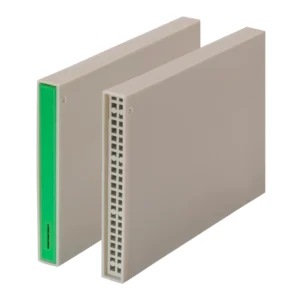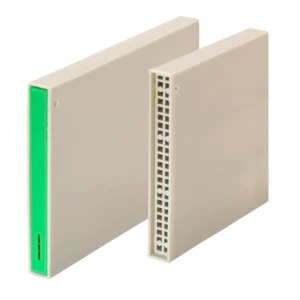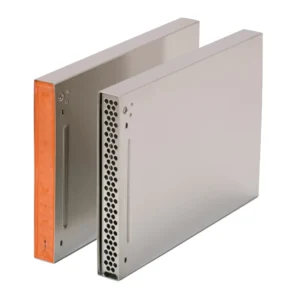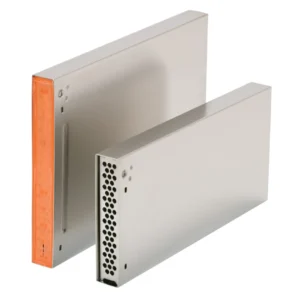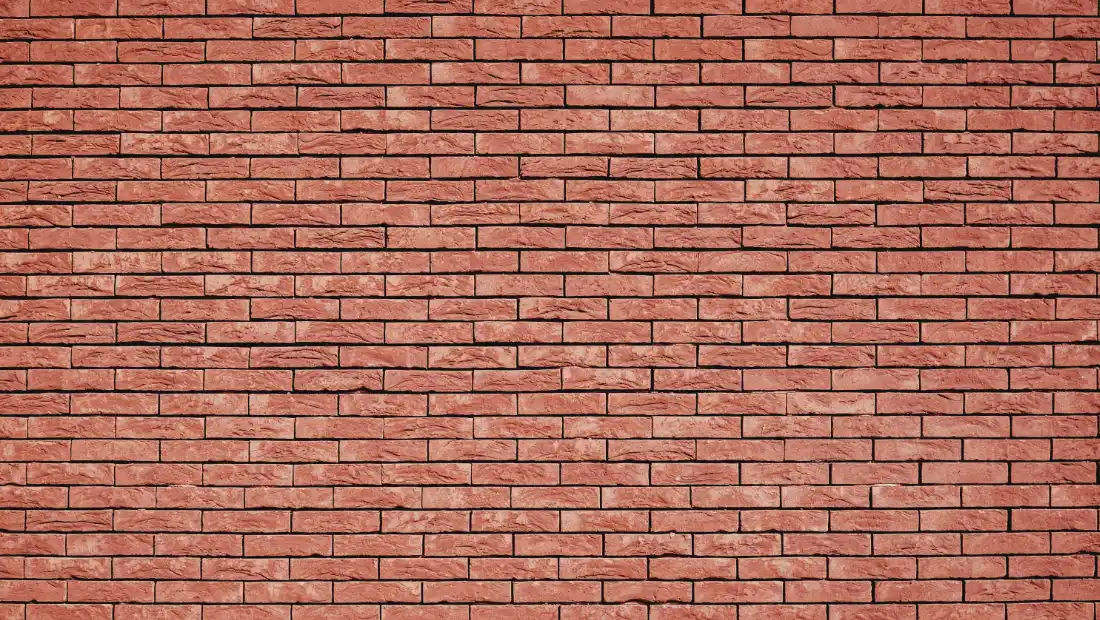
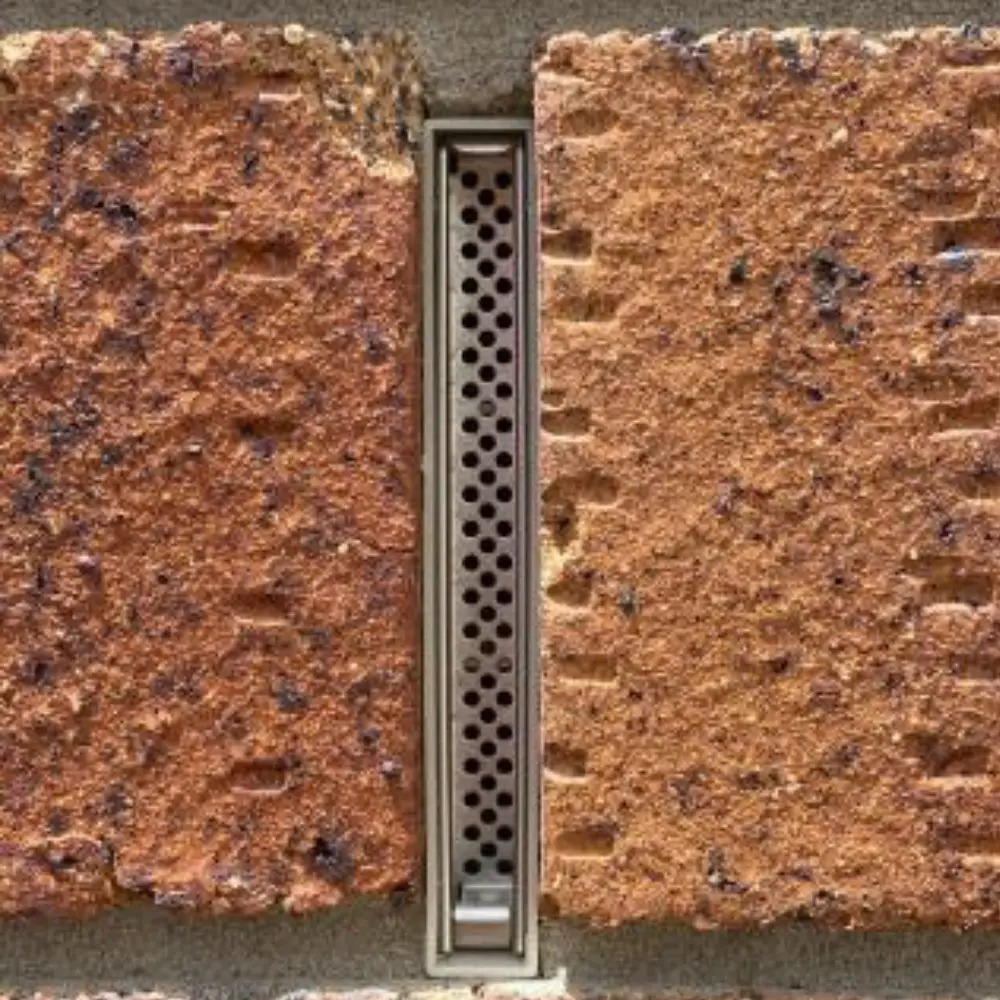
What are weep vents?
Weep vents help maintain ventilation and drainage inside all types of cavity walls which can prevent damage caused by water and condensation build up.
These small devices, also known as formers, are used to create weep holes in brick walls, masonry veneer or rendered cladding and can also help stop pests and vermin from entering a building.
They are available in a wide range of designs, sizes and materials and all aim to improve drainage, ventilation and pest prevention.
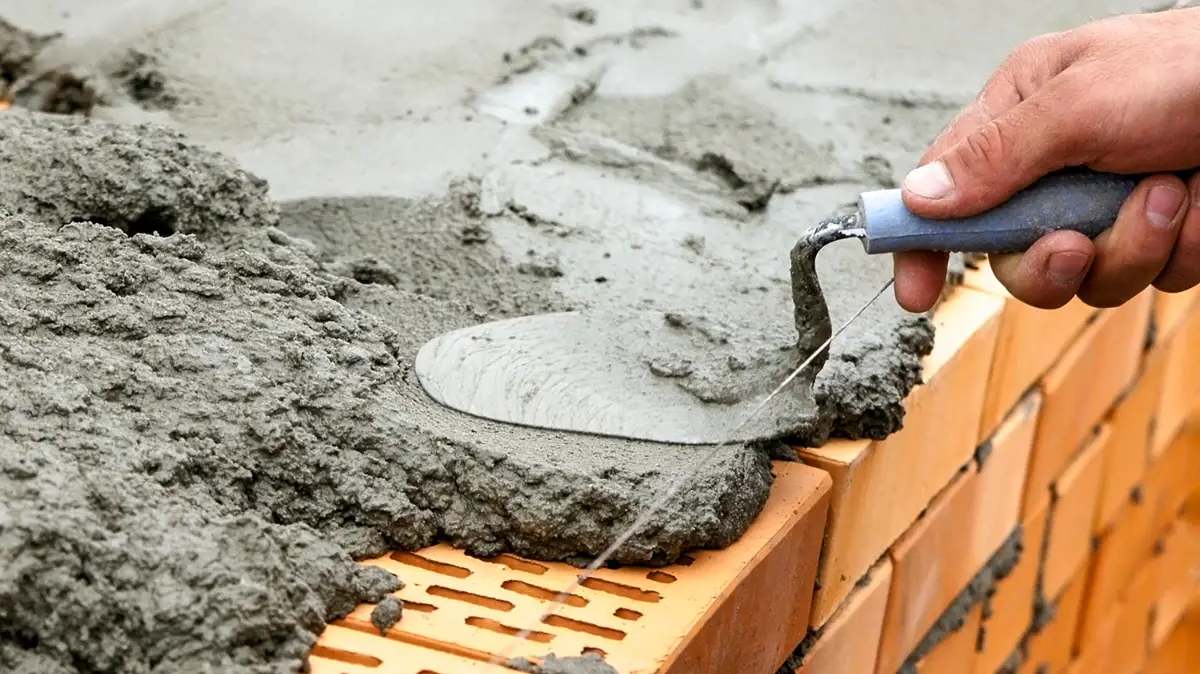
The purpose of weep vents
Drainage
Weep vents help drain excess water away from the inside of cavity walls made from brick, masonry veneer or rendered cladding. Masonry is porous by nature, and render can crack, meaning water often penetrates the external cladding. Water can enter a building in many ways including through; rain events, capillary action, localised flooding or condensation from heating and cooling. Once inside the cavity, the flashing directs the water towards your weep hole where it can exit the building’s structure.
If these holes are blocked or covered, the water can settle inside the cavity and eventually cause rot that can degrade the materials in your walls. This is often referred to as ‘Leaky Building Syndrome’ and can involve a costly repair process. Brick weep vents help create a clean functional hole and their protective grates help keep these openings clear so that water can easily exit your building.
Ventilation
Weep vents help promote good ventilation within cavity walls made from brick, masonry veneer or rendered cladding and are an important consideration in any new build. Effective air flow is critical to the health of cavity walls as it helps to reduce the moisture content in the air and assists the building to ‘breathe’. Moisture from these humid conditions can settle through condensation and again the flashing installed in your walls will direct this water out through your weepholes.
If these openings are obstructed, the damp conditions can become a breeding ground for mould and mildew. These fungal growths can eat away at the materials inside the cavity and pose a health risk to the building’s occupants. Worst of all, as this damage is hidden from view it can be difficult to spot. They can be used to create free flowing channels for air to circulate throughout your cavity walls.
Pest prevention
Weep vents provide a physical barrier to deter and restrict the entry of pests and vermin. While drainage and air flow is important to a building’s structure, leaving these openings unprotected and wide open offers a direct path for pests to enter your building. Insects such as cockroaches, spiders and bees along with pests like mice, termites and even snakes are known to use these gaps as access points.
Pest infestation is a common reason for people to block or cover over these openings. The problem with this approach is that both ventilation and drainage are then restricted. This can lead to ‘Leaky Building Syndrome’ where trapped moisture causes significant structural damage. Weep vents feature a secure grate or screen that keeps pests out while still maintaining air flow and drainage.
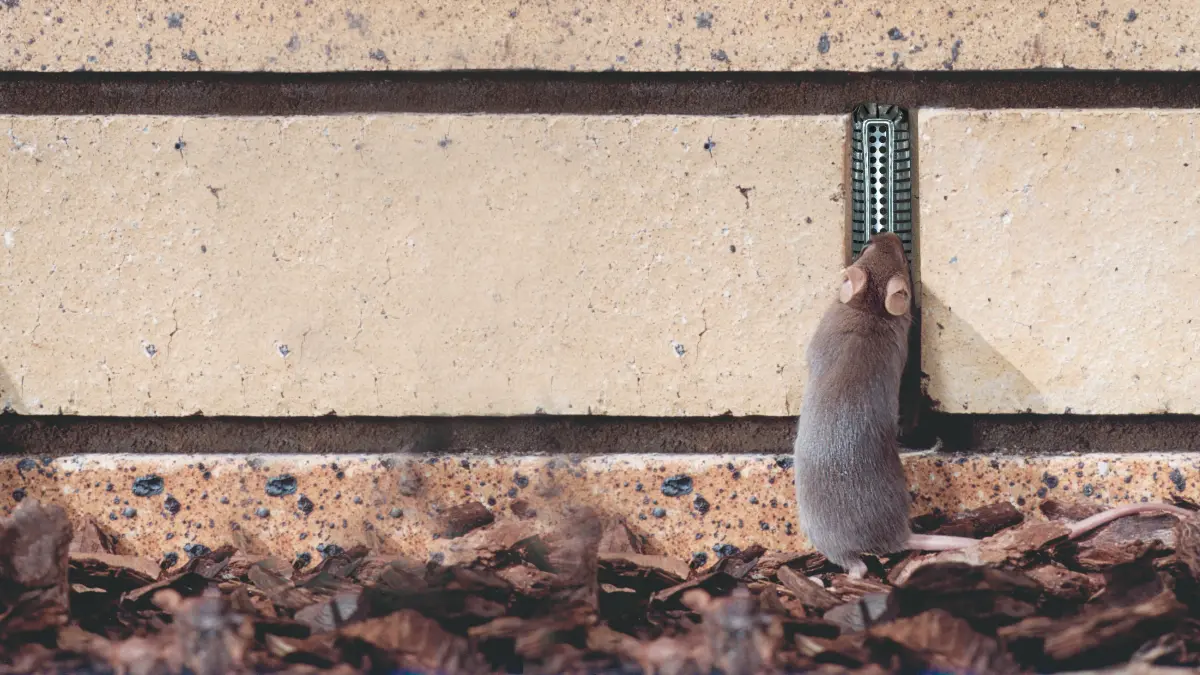
How to choose weep vents
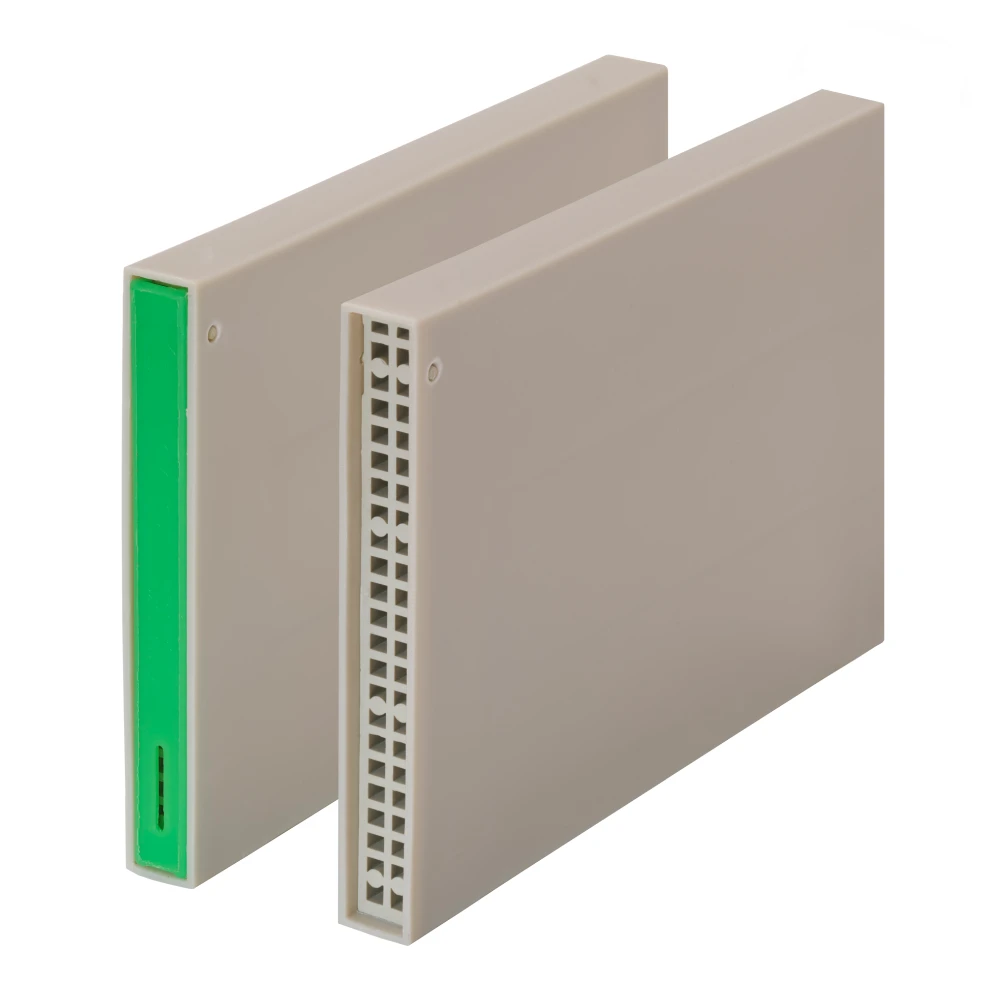
New buildings
The start of a building’s life is the best time to install your weep vents. During construction, builders and bricklayers can use former products, such as the 105mm Standard Weepa, to create functional and attractive weep hole vents. They feature an integrated PVC grate to deter pests while its design promotes excellent cavity ventilation and drainage. The 70mm Weepa is a shallower version of this same product and is commonly used in projects with kiwi brick and lightweight panel.
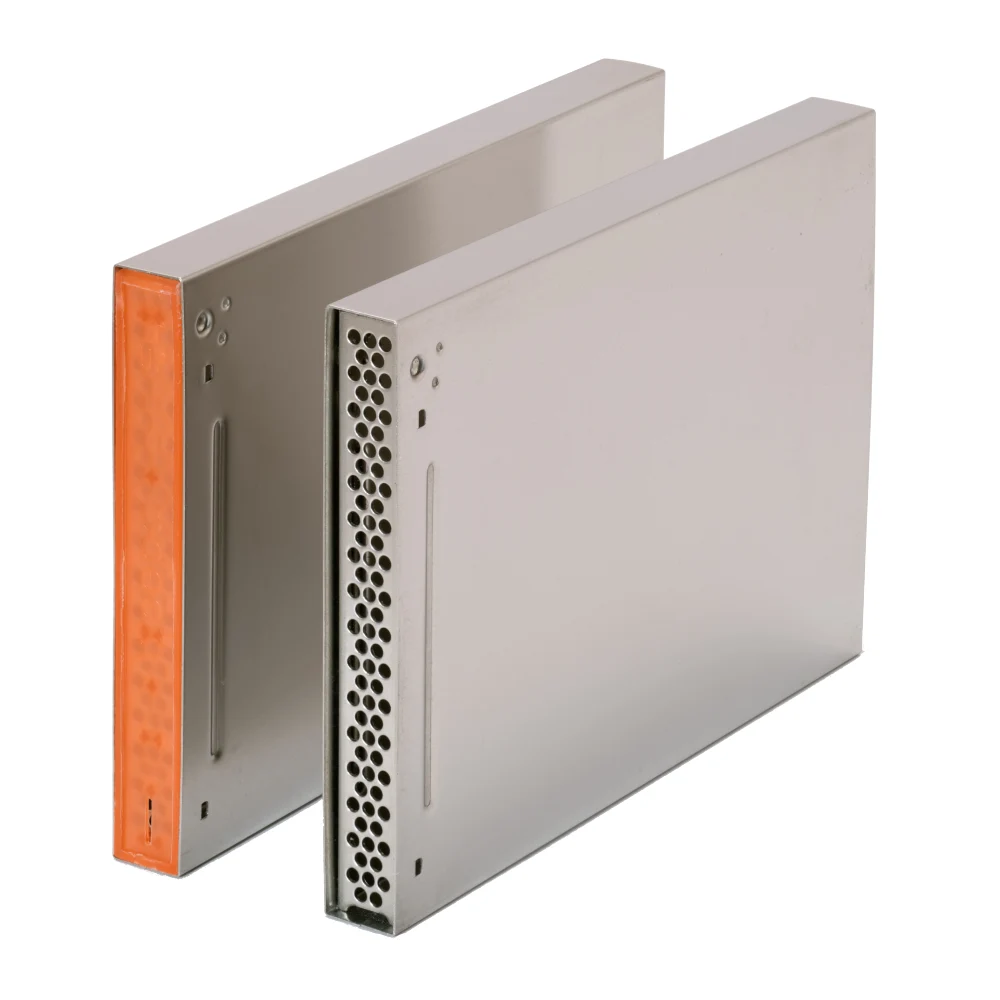
High end projects
The elegant finish of the Stainless Steel Weepa make it an ideal choice for those planning and building high end prestigious buildings. The premium marine grade 316 stainless steel provides a luxurious look against masonry or render and affords an array of protective qualities. The patented design ensures your weeping vents have excellent ventilation and it’s all metal construction protects against embers from bushfires. The 50mm Stainless Steel Weepa is ideal for smaller split or roman bricks.
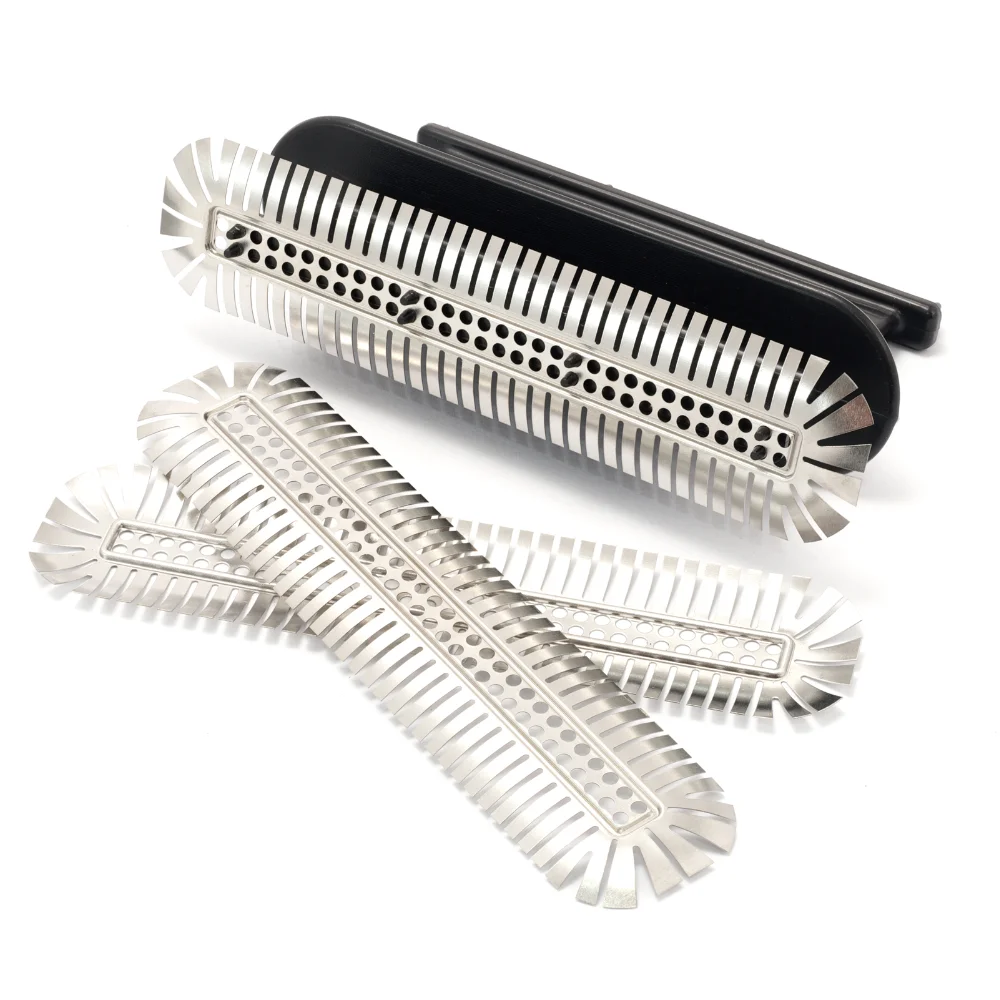
Existing buildings
If your building was not built with former products, it is possible to convert your weepholes into fully protected Weepa vents. A retro fit product like the Weepa Protector is a convenient and easy to use solution for existing brick cavity walls. This patented screen is easily inserted into your walls using the supplied applicator. Once installed, the stylish marine grade 316 stainless steel screen offers a secure fit which will prevent pest entry while maintaining ventilation and drainage.
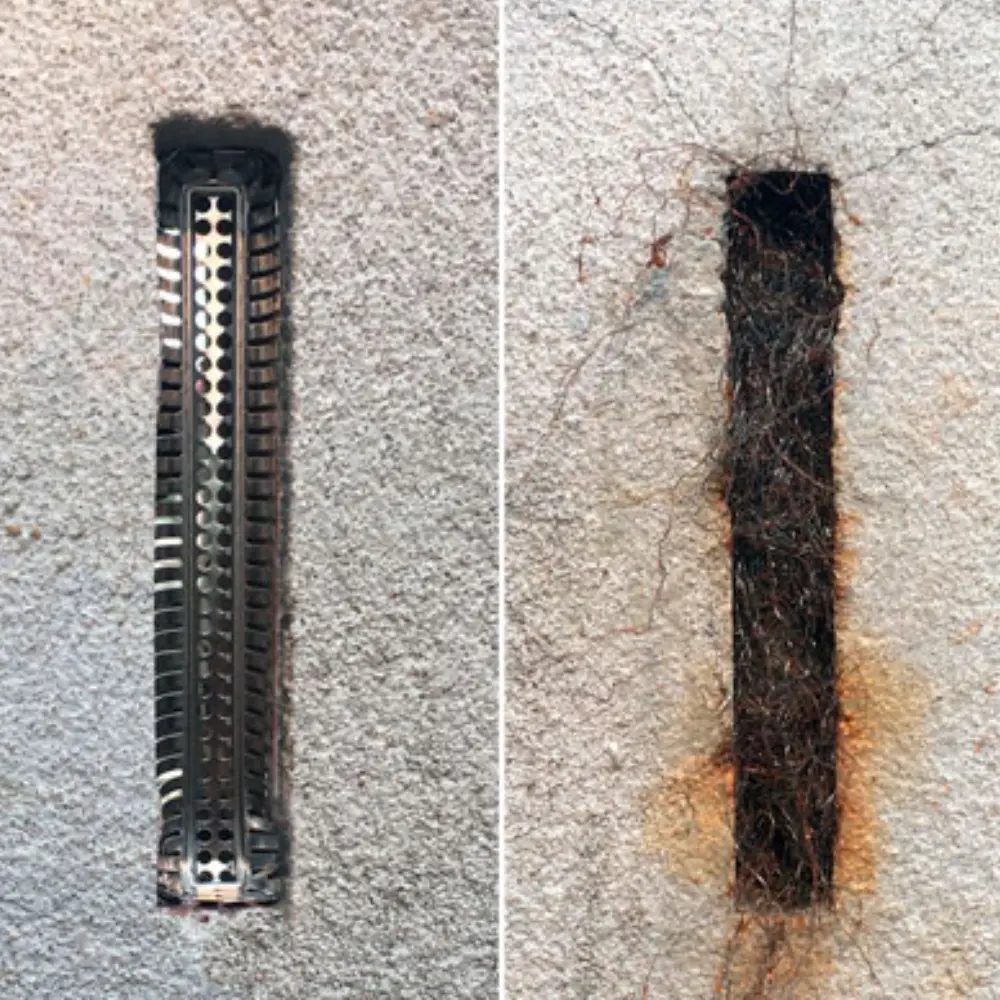
Inferior alternatives
There are a number of alternative approaches that occupiers use to secure weep vents in brickwork. Steel wool or mesh seem like logical, budget solutions but these are far too dense for drainage and air flow which are critical to maintaining a buildings structural health. They also rust and degrade quickly, often leaving stains. The worse approach of course it to fully block these gaps with sealant, but even some manufactured guards or barriers use holes that are too small for adequate ventilation and can have a similar result.
Wrapping up
Masonry weep vents serve to protect your building from water damage by promoting good air flow and channels for the drainage of water. They also inhibit the entry of pests and vermin and can be used to give your exterior walls an attractive finish. There are a range of quality products available to help give your building the protection it deserves.
